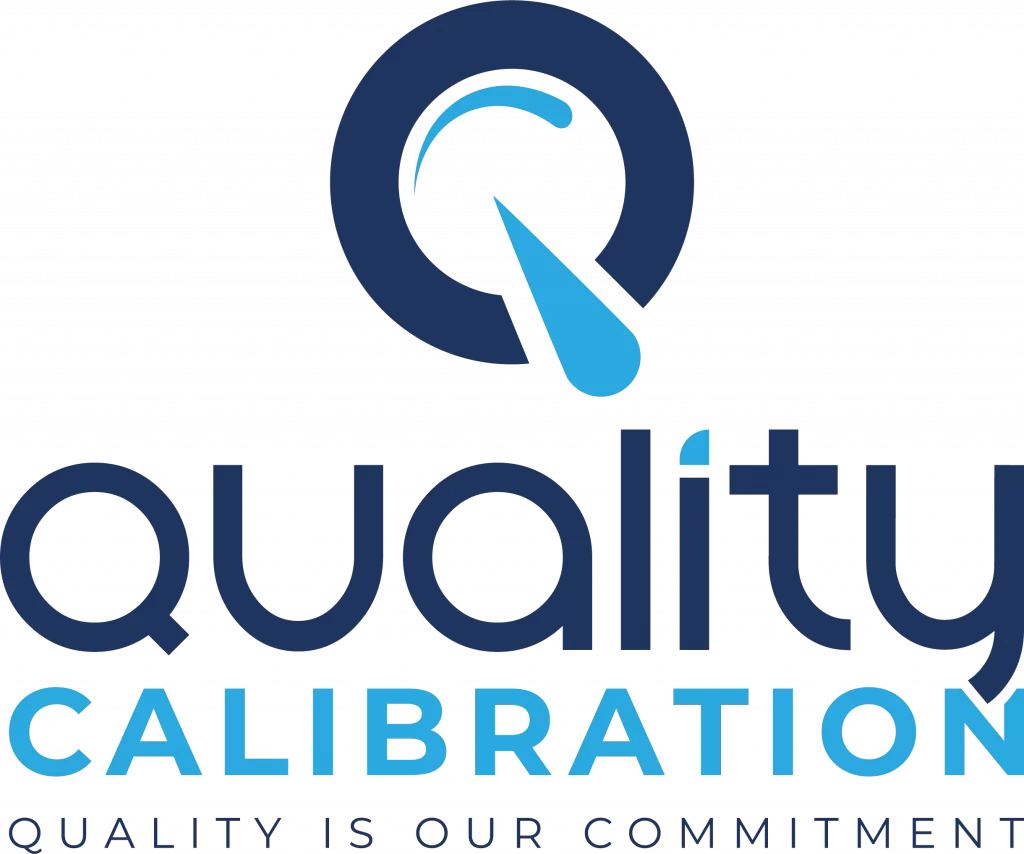Ensuring the safety and efficiency of your forklift operations is crucial for any business that relies on material handling equipment. Our Forklift Inspection Service in Bangladesh provides comprehensive inspections tailored to meet regulatory standards and enhance operational safety.
Why Choose Our Forklift Inspection Services?
Expertise and Experience Our team consists of certified professionals with extensive experience in forklift inspection services. We understand the unique challenges faced by businesses in Bangladesh and are equipped to provide thorough inspections that identify potential issues before they lead to costly accidents.
Regulatory Compliance Compliance with local safety regulations is mandatory for all businesses operating forklifts. Our forklift inspection services ensure that your equipment meets all regulatory standards, helping you avoid fines and legal complications.
Detailed Inspection Reports After each inspection, we provide a comprehensive report outlining the condition of your forklifts, including any necessary repairs or maintenance recommendations. This documentation is essential for maintaining compliance and ensuring the safety of your operations.
Preventive Maintenance Regular inspections as part of our forklift inspection service help to identify wear and tear on your forklifts, allowing for timely maintenance. This proactive approach minimizes downtime and extends the lifespan of your equipment.
Our Forklift Inspection Process
Visual Inspection During our forklift inspection service, we conduct a thorough visual inspection of the forklift, checking for any obvious signs of damage or wear.
Functional Testing Our team tests all operational functions of the forklift, including lifting, lowering, and steering capabilities, to ensure they are working correctly.
Safety Features Check We inspect all safety features, such as brakes, lights, and alarms, to ensure they are fully operational and compliant with safety regulations.
Load Capacity Verification We verify the load capacity of your forklifts to ensure they are operating within safe limits, preventing potential accidents.
Documentation and Recommendations After the inspection, we provide a detailed report along with recommendations for any repairs or maintenance needed to keep your forklifts in optimal condition.
Benefits of Regular Forklift Inspections
Enhanced Safety Regular forklift inspection services reduce the risk of accidents, protecting your employees and equipment.
Increased Efficiency Well-maintained forklifts operate more efficiently, improving productivity and reducing operational costs.
Peace of Mind Knowing your equipment is safe and compliant allows you to focus on your core business operations without worry.
Get Started Today!
Don’t compromise on safety. Contact us today to schedule your Forklift Inspection Service in Bangladesh. Our dedicated team is ready to assist you in ensuring your forklifts are safe, efficient, and compliant with all regulations.
For more information, reach out to us at [contact information] or visit our website [website link]. Let us help you maintain the highest standards of safety and efficiency in your operations!
Reach Out to Us
To ensure the safety and productivity of your forklifts, we offer our professional inspection services. Get in touch with Quality Calibration Solution Private Ltd. – Calibration Laboratory in Bangladesh today to book an inspection or find out more about what we do.
Phone: +880-123-456789
Email: info@qualitycalibrationbd.com
Address: Mirpur DOHS, Dhaka, Bangladesh


